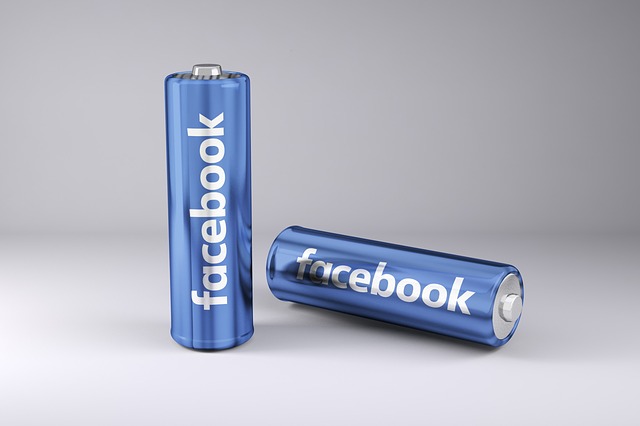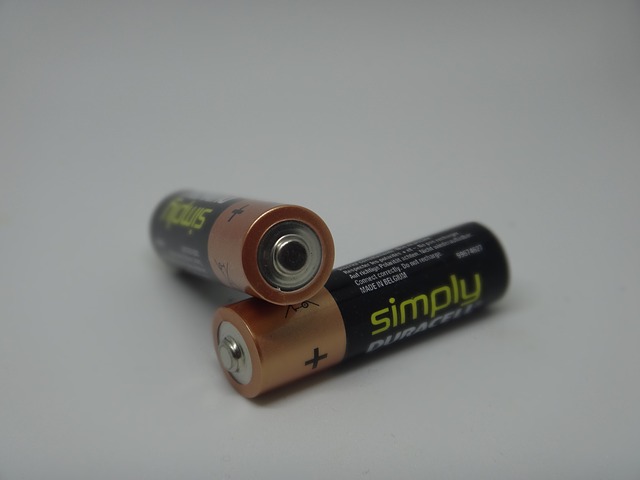Li-Ion Battery Price Trend-Price Analysis
Feb 27, 2020 Pageview:974
In this ongoing era of awareness and advancement, it is true that there is a growing need for an energy storage alternative, which is quite affordable and renewable. A lithium-ion (Li-ion) battery is one such alternative that is being implemented by most of the manufacturers of the automobile industry.
If you take a look around, you will notice that there are still many modes of transportation that are functioning on the basis of fossil fuel. Well, to be precise, they are using petroleum as the source of fuel, which is non-renewable in nature. Nobody can deny the fact that the combustion of non-renewable energy is highly affecting our environment.
Indeed the future belongs to the electrically driven vehicles. As far as EVs are concerned, there is nothing appropriate than lithium-ion batteries because they offer high energy density levels and low discharge rates. In this article, you will get to explore the price trends of lithium-ion batteries as they are demanded by almost every sector now.
What is the Li-ion battery price trend?
It is true that in many corners of the world, electric vehicles such as cars, scooters, bikes, and trucks are not a dream now. They are successfully running on the roads and are receiving praise with time. In these electric vehicles, one of the main components is lithium-ion batteries. The manufacturers prefer to use these batteries in electric vehicles due to the numerous benefits of it.
Experts from all over the world believe that the prices of energy storage alternatives will significantly going to drop in the future. When it comes to lithium-ion batteries, the records of past price trends clearly indicate that there are high chances of lithium-ion batteries going cheaper than ever before. The reason is there will be more electrified vehicles on roads in the coming years.
If you look at the past cost records of the lithium-ion battery, you will observe that in the year 2010, the prices were around $1,100 per kilowatt-hour. And they have dramatically reduced by 87%; therefore, in 2019, the prices of the lithium-ion battery were near around $156 per kilowatt-hour. The huge reduction in price is due to the high demand for these batteries.
Today, lithium-ion batteries are getting used in laptops, cameras, mobile devices, and all other kinds of portable devices. It will be appropriate here to mention that the prices have fallen at an unexpected rate due to the economies of scale. According to the reports and forecast of a research company called Bloomberg New Energy Finance (BNEF), it is predicted that the average price of lithium-ion batteries will reduce to $100 per kilowatt-hours by the year 2023.
The credit of the reduced cost of the lithium-ion battery should surely go to the growth of electric vehicles, increase in the order size of the battery, and to the ongoing annexing of high energy density batteries in the market. In the future, you can expect a fall in prices due to manufacturing costs and new pack designs.
Li-ion battery market analysis
Well, there is no doubt in the fact that the market growth of lithium-ion batteries will be skyrocketing in the future. There can be many reasons for it like the market is facing a huge reduction in the prices of electric vehicles, which is encouraging and lifting the purchasing power of the consumers. When the customers demand electric vehicles, it will clearly give a push to lithium-ion batteries.
Along with the adoption of electric-powered vehicles, there are many countries in the world that are on the path of accepting clean energy technology and sustainable solutions to meet the challenges of carbon emission. The transportation sector all across the world will be going to face strict regulations to limit carbon emission. The implementation of such regulation will positively impact the growth of lithium-ion batteries.
According to a study, the global market of lithium-ion batteries in 2017 was assessed at $30186.8 million, which is expected to rise and reach $100433.7 million by the end of 2025. The prices of lithium-ion batteries are expected to decline in these years, which will most likely open doors for the new opportunities and growth of Li-ion batteries.
When it comes to market analysis, it is important for you to know that the market is segmented by many players who significantly bolster its growth. Manufacturers of electric vehicles, the automotive industry,special, medical industry, defense sector, power generation sector, the marine sector, etc. play an essential role in the market growth of lithium-ion batteries.
Li-ion battery technology charges ahead
It is true that the prices of the lithium-ion battery will certainly going to drop in the coming future. But the experts have a say in this as well, according to them it is still uncertain how quickly and how much the prices are going to reduce. Some of the industry leaders firmly believe that the prices are going to fall in the coming years dramatically. On the other hand, there are many research companies that predict that the cost of the lithium-ion batteries will witness a gradual fall.
In both cases, one thing is clear that the process of the lithium-ion battery will certainly evolve. In order to achieve a decline in the prices, the participants of the industry will have to enhance the scale of manufacturing, and along with that, the price of components attached to the battery should also reduce.
The lithium-ion batteries are able to offer high power while keeping the cost of manufacturing, size, and weight of the product at an adequate level. The boost that is yet to come in the industry will reinforce the extensive use of electric vehicles that will result in a sustainable environment.
Some Final Words
Well, that is all about the price trends of lithium-ion batteries. There stands no question in the fact that the future of batteries will rely upon the lithium-ion battery. It will be interesting to witness the future price trends as it is certainly going to impact almost every sector.
- Prev Article: Do Cell Phones Use Lithium Batteries-Energy Content And Types
- Next Article: When to Charge Lithium-ion Batteries?
Leave Message
Hottest Categories
-
Hottest Industry News
-
Latest Industry News












